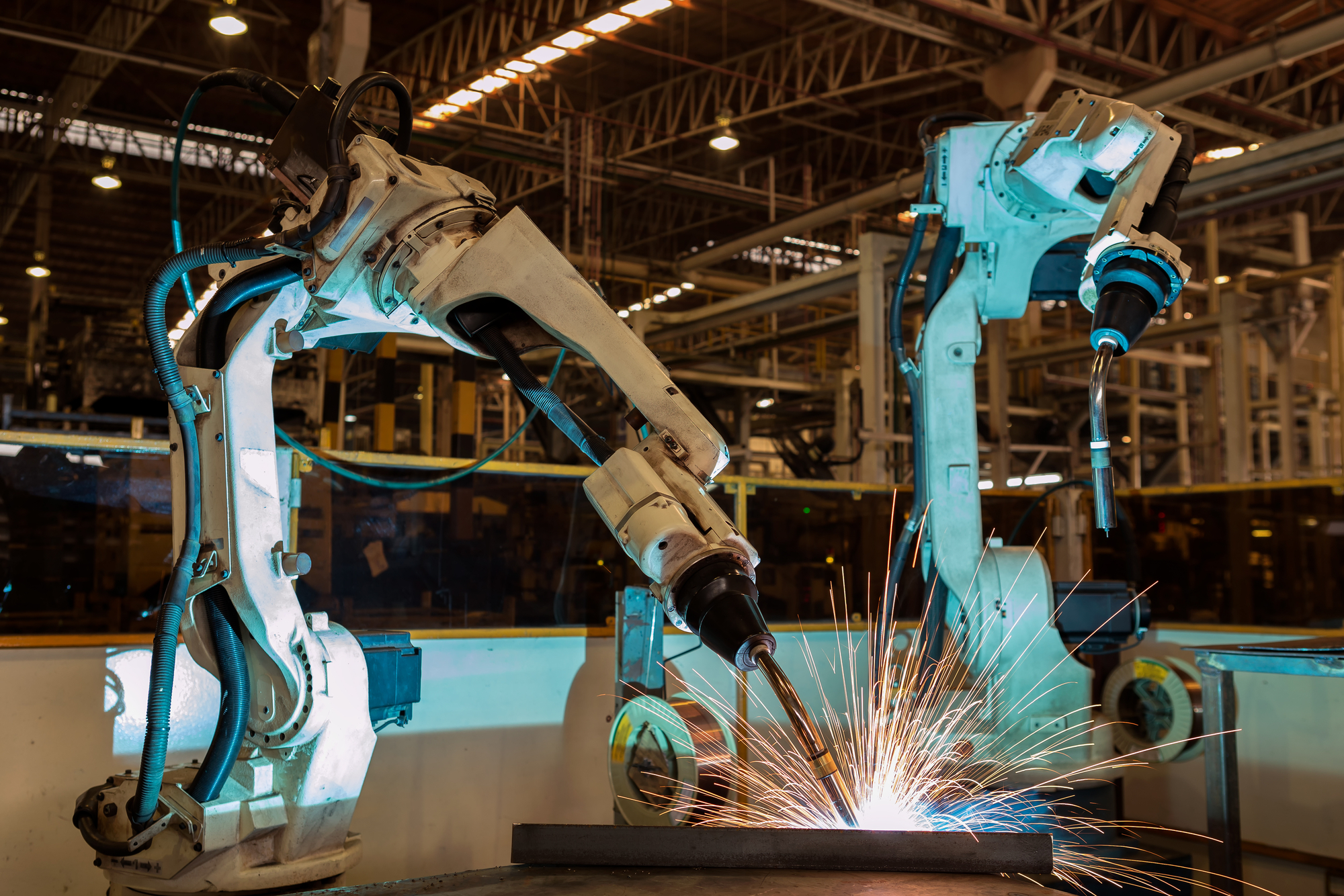From robotic bricklayers to AI-powered project management, construction automation is transforming Britain’s building industry faster than you might think. The construction sector, traditionally known for its reliance on manual labour and conventional methods, is undergoing a remarkable transformation through the integration of cutting-edge automated technologies.
The Current State of UK Construction Automation
The UK construction industry has made significant strides in automation adoption, with recent studies showing a 35% increase in automated technology implementation across British building sites since 2020. Currently, approximately 47% of large-scale construction projects in the UK incorporate some form of automation, ranging from digital design tools to robotic construction systems. However, compared to global leaders like Japan and Germany, where automation adoption rates exceed 60%, the UK still has room for growth. The Construction Innovation Hub reports that automation could contribute up to £25 billion annually to the UK construction sector by 2025, highlighting the vast potential for further development.
Key Automation Technologies Transforming Construction
Robotic Systems and Machinery
- Automated Bricklaying Systems: SAM (Semi-Automated Mason) can lay up to 3,000 bricks per day, tripling traditional manual rates
- Concrete Printing Robots: Capable of creating complex structural elements with 60% less waste than conventional methods
- Automated Material Handling: Robotic systems that can sort, transport, and place construction materials with 99% accuracy
- Programmable Construction Equipment: Self-operating excavators and bulldozers reducing earthwork time by up to 45%
Drone Technology and Aerial Automation
Drones have revolutionised site surveying and inspection processes across the UK. These aerial systems can now complete site surveys in hours rather than days, with accuracy levels reaching 99.4%. Modern construction drones equipped with LiDAR technology and thermal imaging capabilities provide unprecedented insights into project progress and structural integrity. The technology has resulted in a 30% reduction in inspection-related costs and significantly improved safety by eliminating the need for manual high-rise inspections.
AI and Machine Learning Applications
Artificial intelligence has become integral to modern construction management, with UK firms reporting up to 40% improvement in project delivery times through AI-powered scheduling and resource allocation. Machine learning algorithms now analyse vast amounts of project data to predict potential delays, optimize resource utilisation, and identify safety risks before they materialise. These systems have demonstrated remarkable accuracy, with risk prediction rates exceeding 85%.
The Impact on Construction Practices
Productivity and Efficiency Gains
The implementation of automation technologies has led to unprecedented improvements in construction efficiency. Projects utilizing comprehensive automation solutions report average completion time reductions of 30-40% and cost savings of up to 25%. This enhanced productivity stems from 24/7 operation capabilities, reduced human error, and optimized resource allocation through AI-driven planning systems.
Safety Improvements
- 50% reduction in workplace accidents on sites using automated systems
- Elimination of human exposure to hazardous environments through remote-controlled machinery
- Real-time safety monitoring using IoT sensors and AI analysis
- 90% decrease in high-risk manual handling tasks
Quality Control and Precision
Automation has revolutionised quality control in construction, with robotic systems achieving precision levels previously thought impossible. Digital quality control systems have reduced defects by 75%, while automated inspection processes have improved accuracy by 92%. This enhanced precision not only ensures better build quality but also significantly reduces costly rework and material waste.
Challenges and Considerations
Implementation Costs and ROI
- Initial investment for basic automation systems: £50,000 to £500,000
- Advanced robotic systems: £1-5 million
- Average ROI period: 2-4 years
- Operational cost savings: 20-35% annually after implementation
Workforce Impact and Training Needs
The transition to automated construction systems has created both challenges and opportunities for the workforce. While some traditional roles are being displaced, new positions in technology management and oversight have grown by 40% since 2021. The industry requires significant investment in training, with companies spending an average of £15,000 per employee on automation-related skills development. However, this investment typically yields returns through improved productivity and reduced labor costs within 18 months.
Future Outlook and Opportunities
The future of construction automation in the UK looks incredibly promising, with experts predicting up to 60% of construction tasks will be automated by 2030. Emerging technologies such as self-healing materials, AI-powered predictive maintenance, and advanced robotics are set to further revolutionise the industry. The UK government’s commitment to digital construction, backed by a £72 million investment in innovation, suggests continued growth and development in this sector.
Practical Implementation Strategies
- Start with pilot projects focusing on specific automation technologies
- Develop a phased implementation plan over 2-3 years
- Invest in comprehensive staff training programs
- Partner with technology providers for ongoing support
- Regular assessment and optimization of automated systems
Conclusion: Embracing the Automated Future
The automation revolution in UK construction is not just about replacing manual labour with machines; it’s about creating a more efficient, safer, and sustainable industry. With potential savings of billions of pounds annually and significant improvements in project delivery times, the case for automation is compelling. Construction companies that embrace these technologies now will be best positioned to thrive in an increasingly competitive market. The future of construction is automated, and that future is already here.
FAQ
How does building automation work?
Building automation use sensors and controls to monitor and adjust a building’s three types of utilities: electricity, heating and air-conditioning, and water and sewer. Automation of building utilities has evolved at different rates. Typically, each utility system has been controlled separately.
What are three examples of automation?
Examples of automation range from a household thermostat to a large industrial control system, self-driven vehicles, and warehousing robots. When automation is used in industries or manufacturing, it is called industrial automation.
What is a build automation system?
Build automation is a software development practice that involves automating the process of compiling, testing, and packaging code changes into deployable artifacts. In this article, we focus on the benefits of automating the build process, and explore how automation tools streamline the build process.
What is an example of a building automation system?
Examples of building automation A retail store uses building automation systems to regulate temperature levels so customers are comfortable while shopping. A hospital uses a control system to monitor indoor air quality so patients are breathing clean, safe air, which aids in speeding up recovery.
Which tool is used for build automation?
Licensing
Sources
[1] https://www.mckinsey.com/capabilities/operations/our-insights/the-impact-and-opportunities-of-automation-in-construction
[2] https://en.wikipedia.org/wiki/Automation_in_construction
[3] https://www.buildingradar.com/construction-blog/what-is-the-future-of-automation-in-construction-emerging-trends-and-technologies


Leave a Reply